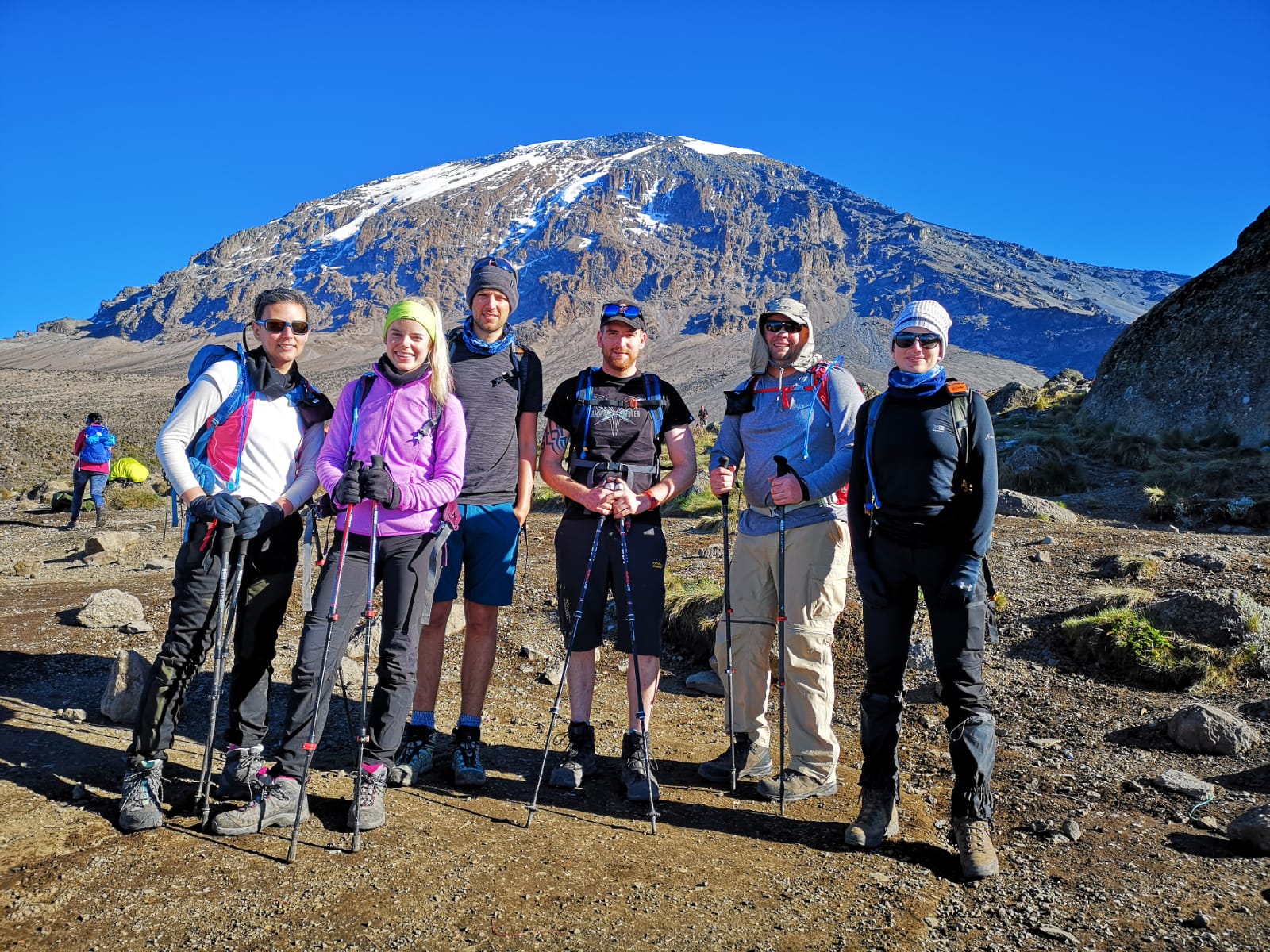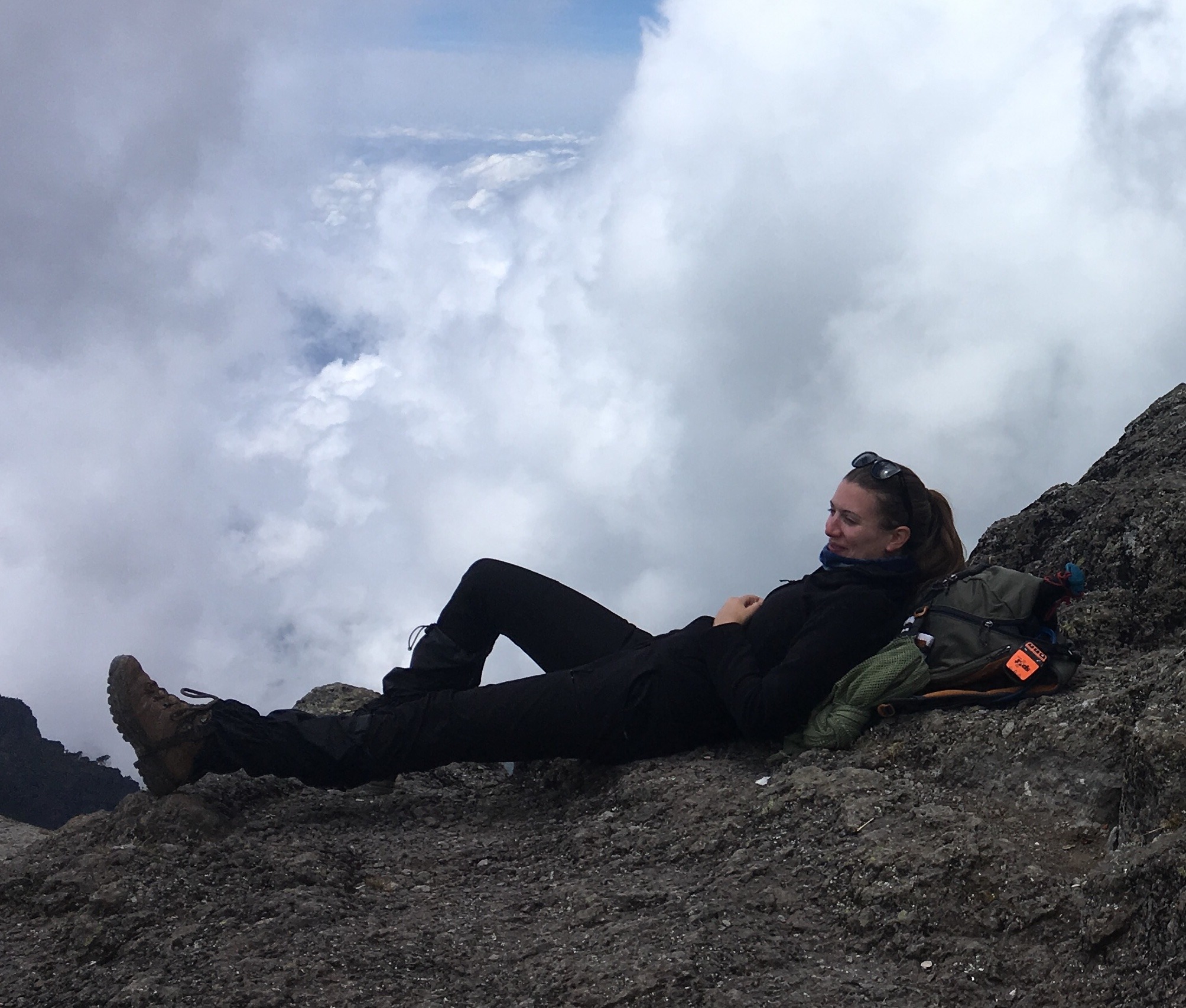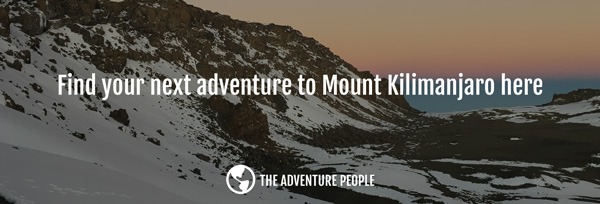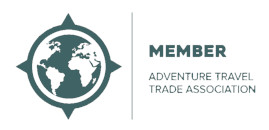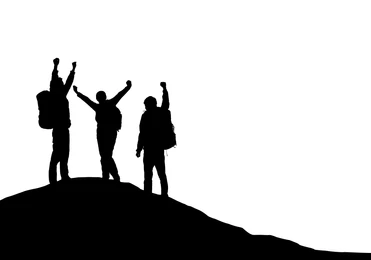Climbing Kilimanjaro: An Interview with Grace Bovis
From Moshi to the Summit: One Woman’s Honest Account of Climbing Africa’s Highest Peak
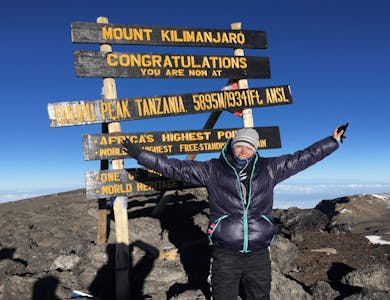
We caught up with Grace Bovis, who successfully summited Mount Kilimanjaro in December 2018, to hear all about her incredible journey. In this interview, Grace shares why she took on the challenge, which route she chose, what gear she brought (without overpacking for Africa), and her best advice for anyone considering the climb.
Whether you're just starting to dream of Kilimanjaro or already planning your trek, Grace’s experience offers plenty of insight and inspiration.
Why Climb Kilimanjaro?
“Growing up, I watched films like Born Free, so Africa has always held a certain magic for me,” Grace explains. “The idea of pairing a trek with a safari was a big draw, but Kilimanjaro itself is also one of the Seven Summits, which gives it added appeal. It’s tough, but achievable – that balance really appealed to me. And I’d love to climb all seven summits one day… even if it’s just a vague plan for now!”
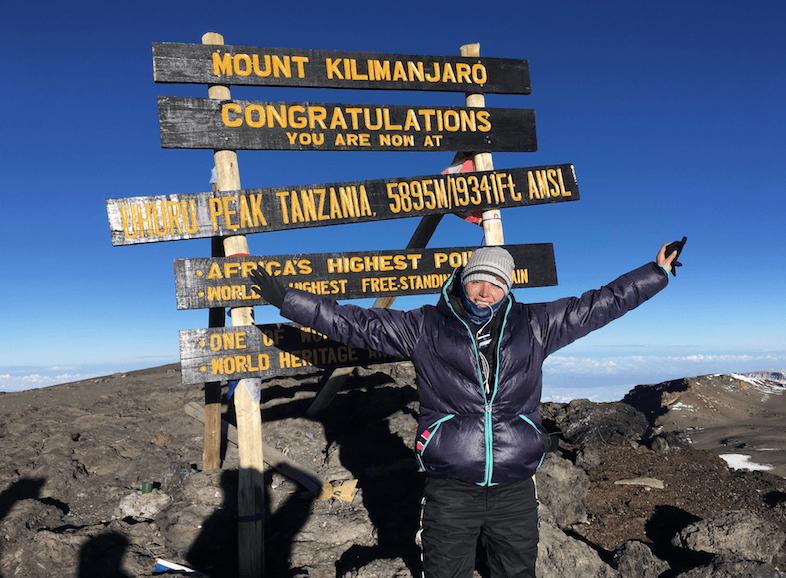
Getting There: The Journey to Kilimanjaro
Grace was already in Kenya before her trek and opted for an overland adventure.
“I took a bus from Nairobi to Moshi. It was great for meeting local people, but the bus broke down about 50 miles from town, which was a bit stressful! Luckily, I overheard an American woman arranging a taxi with her son and asked to join them – problem solved.”
On the way back, she flew from Kilimanjaro Airport to Zanzibar. “If I did it again, I’d definitely recommend flying both ways – it’s just so much easier.”
View All Kilimanjaro Climbs >>
Choosing a Route: Machame Over 7 Days
Grace picked the Machame route, completed over 7 days. “I wanted time to acclimatise properly, and this route is known for its incredible views. It also has a bit of scrambling – like a 300-metre wall – which breaks up the trekking and keeps things interesting. It didn’t disappoint in any way.”
The 7-day duration allowed for gradual altitude gain, including the “climb high, sleep low” strategy that improves acclimatisation success.
The Highlights: Magical Mornings
“I’m a morning person, so getting up early was a joy. Kilimanjaro is a freestanding mountain and creates its own weather system. During the day, clouds roll in, but early in the morning, you’re above them. Watching the sun rise over a sea of clouds was just magical. Those peaceful, golden hours were my favourite moments.”
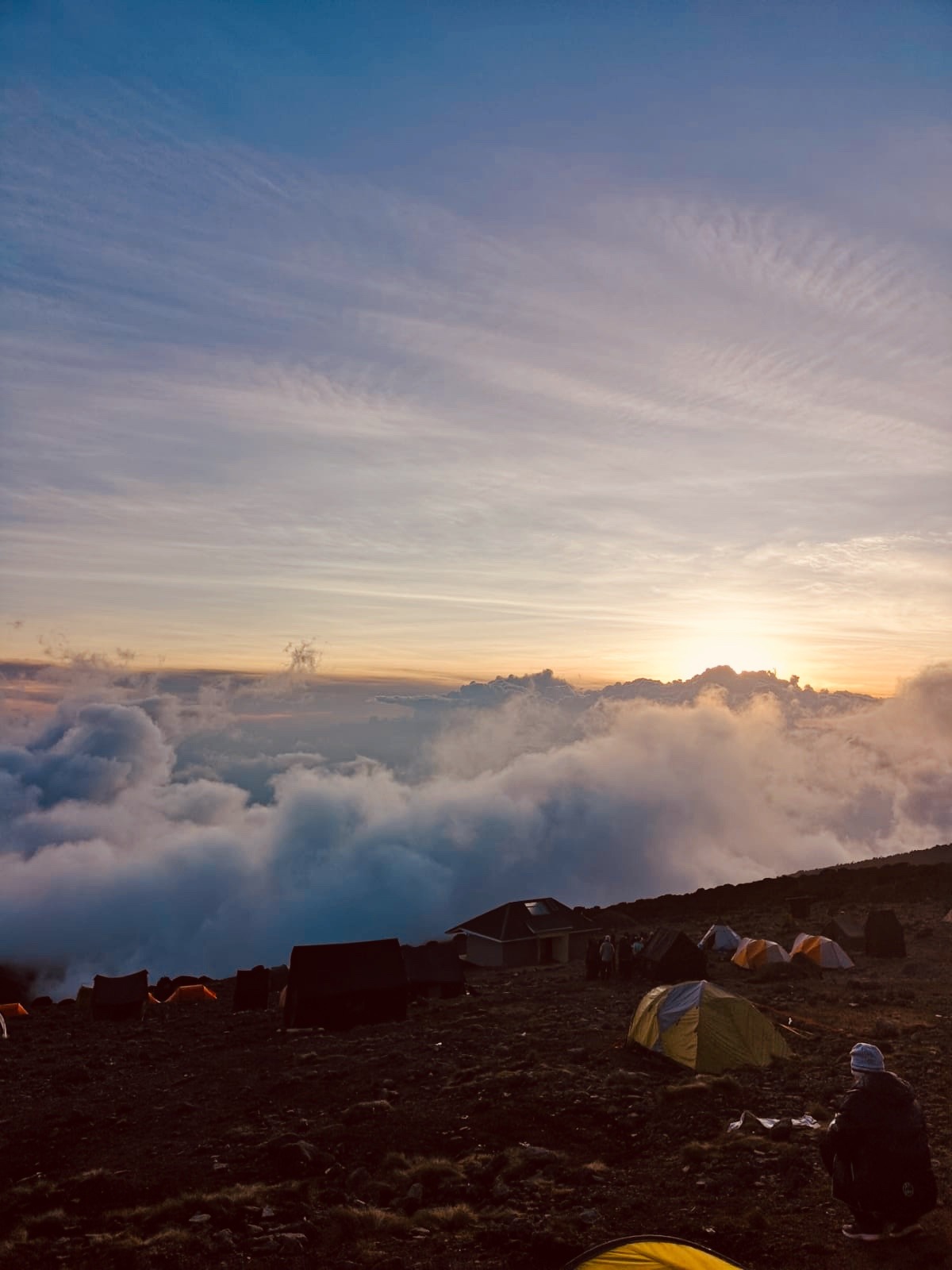
View All Kilimanjaro Climbs >>
What was the most challenging part?
It has to be summit day. I think because you set off so early, while it's still dark to reach the summit for sunrise, you haven't had that much sleep and also you're wearing your headtorch and you've got your head down and only looking at the little area in front of you. It was also really windy when we went. Because of the lack of oxygen in the area, nothing really grows so the ground is a bit slippery so you really have to concentrate. It just seems to go on for hours and hours, but of course, completely worth it once you get to the top.
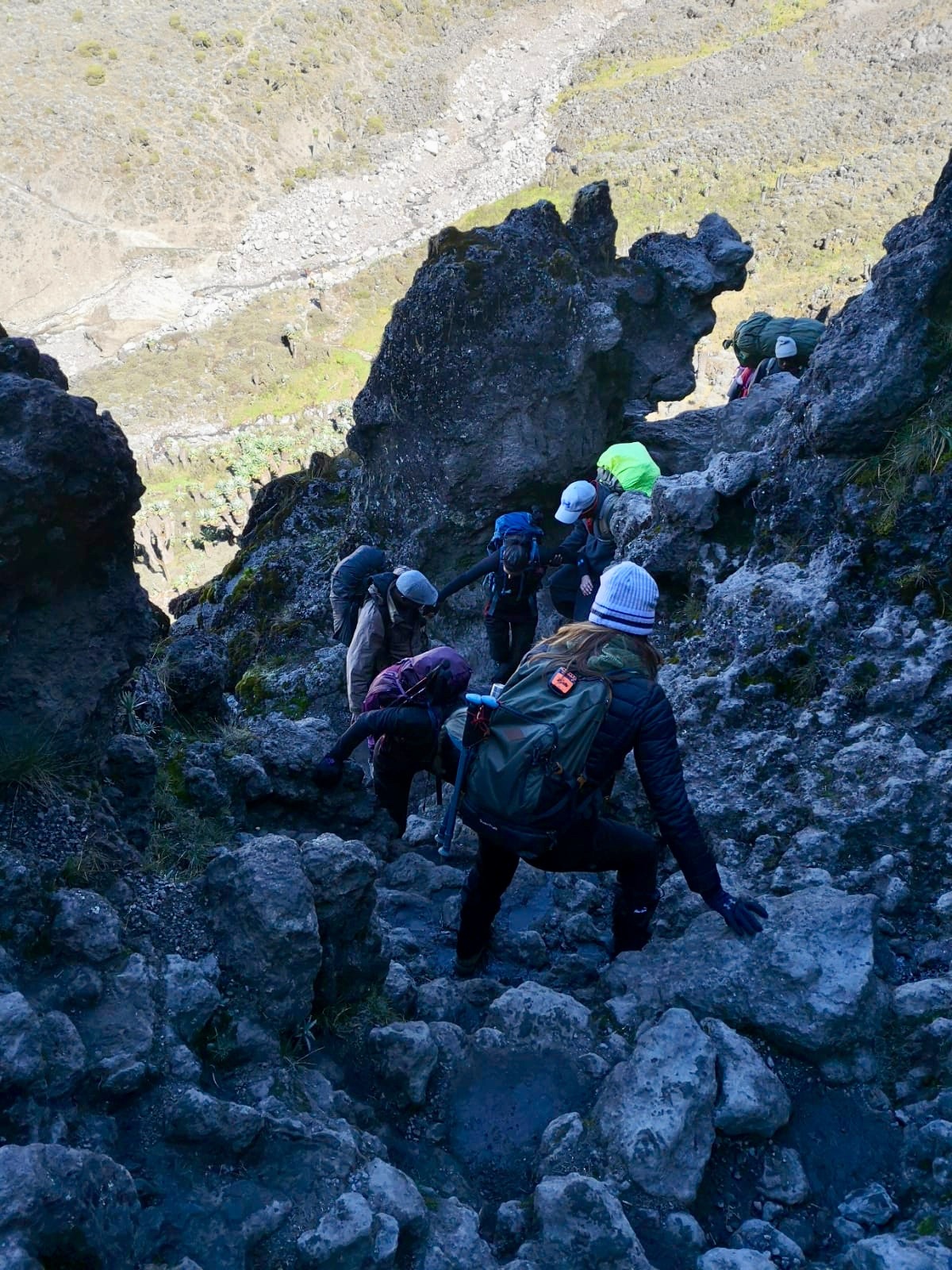
What sort of training did you do to prepare?
My preparation was actually to hike Mount Toubkal in Morroco because I was really curious about how I was going to react to the altitude, but really it was just another excuse to climb another mountain. But it gave me peace of mind to know I didn't get altitude sickness as long as I took it slowly. But I wouldn't say you have to do that to climb Kilimanjaro at all! General fitness I just built a little more into my workout routine, like the Stairmaster. But I don't think you have to worry about it too much, as long as you're comfortable walking 4-5 hours a day.
Did you suffer from altitude sickness?
I was very lucky, the only bit I experienced was a slight headache one morning, but a few deep yoga breaths and lots of water it was kind of gone by midday. I did resist taking any pain medication because I wanted to be really aware of the effects. A couple of people in my group got slightly worse, just a bit more severe headaches but no one got sick or anything like that.
What gear did you bring?
So I was in Africa for a few weeks before Kilimanjaro so I didn't want to lug around a massive down jacket and sleeping bag so I ended up hiring those pieces in a town called Moshi which is close to the start of the trek, where there was a shop that had everything you can imagine needing, even hiking boots. You could rock up there with nothing and they would kit you out. That was great, all really good quality, it cost me about $100 for the week which is incredible because the sleeping bag was fine for up to -20 degrees, it would have cost hundreds to buy so that was a great solution for me. But in terms of kit I tend to think less is more, I like to be able to carry it myself because I know the porters are carrying them for me so I don't want to bring too much. But in hindsight maybe I should have brought a few more changes of clothes!
View All Kilimanjaro Climbs >>
What was the accommodation like?
It was really nice, every day when we walked into camp, everything was already set up for us by the porters who beat us there, which is the ultimate luxury in my mind, so if you're tired you can just fall straight into your tent. There's also a mess tent where everyone eats and relax, play cards etc, which was lovely. Every campground has a couple of long drop toilets, which are pretty gross but you just get on with it. It's all part of it so you just embrace it.

Did you ever feel unsafe?
No, the guides are just so knowledgable. I think between them they had summited over 100 times, they take a new group about every two weeks and they were so great. If I walked to somewhere unsafe to get a good selfie, they said please be careful, and really kept an eye out for you. They were really aware of signs of altitude sickness and were constantly checking that you're ok. I felt like they were so on top of everything that I didn't need to worry about anything.
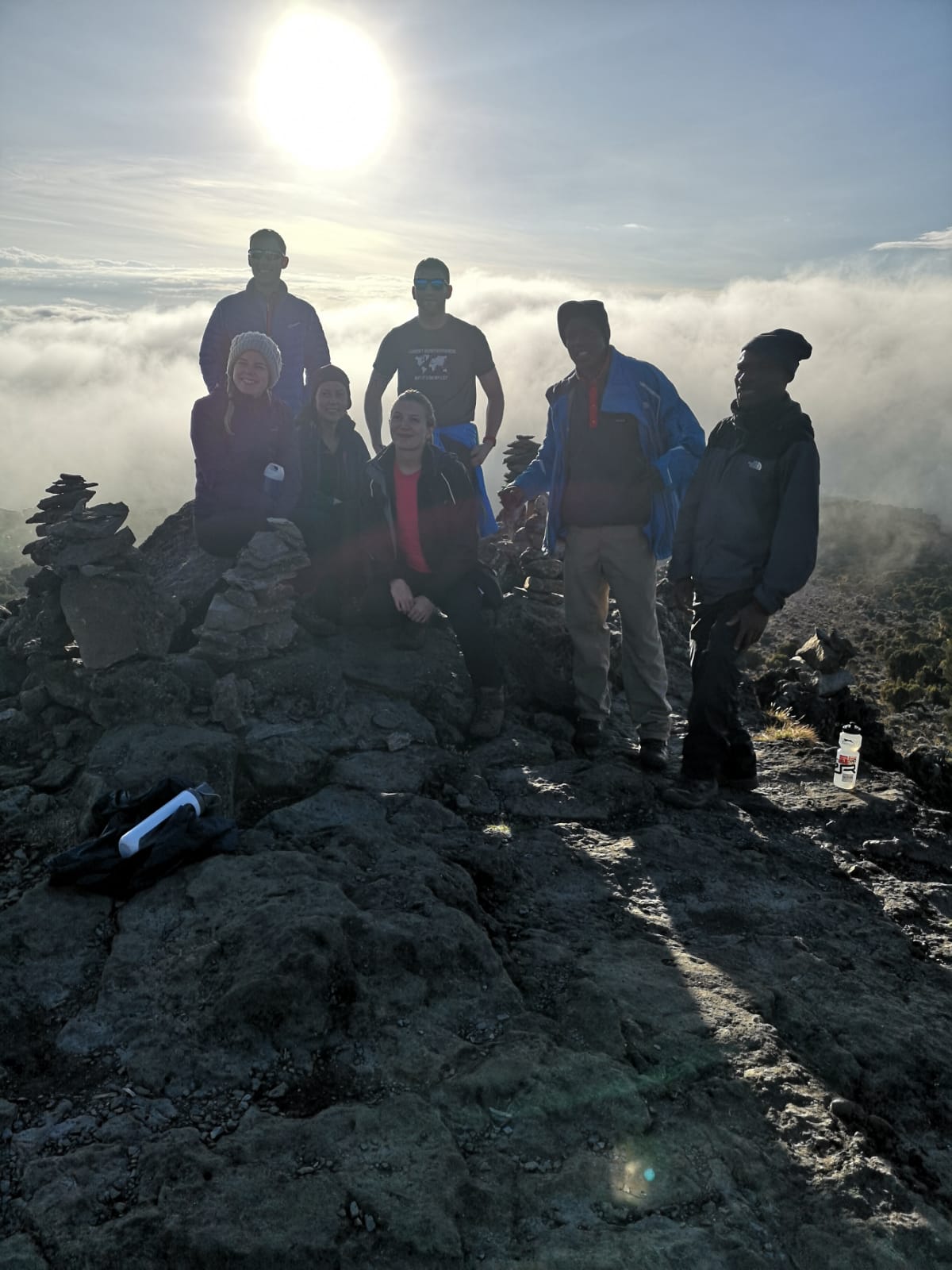
What would you change if you could do it all over again?
I'd probably try to do it in 6 days instead of 7. I think you should consider the altitude and obviously, 7 days gives you a better chance of summiting which is the ultimate goal. But I quite like challenging myself and would like to see if I could do it in less time I think.

